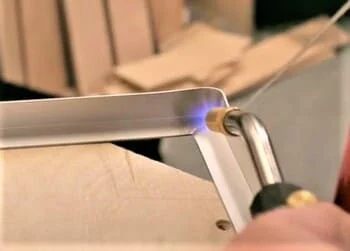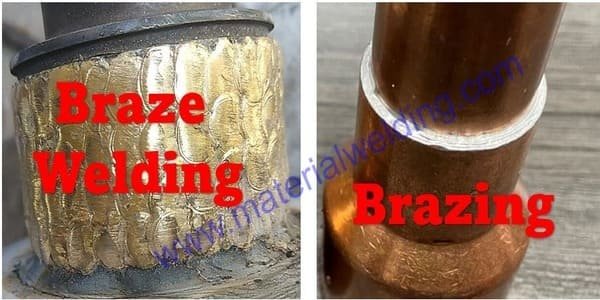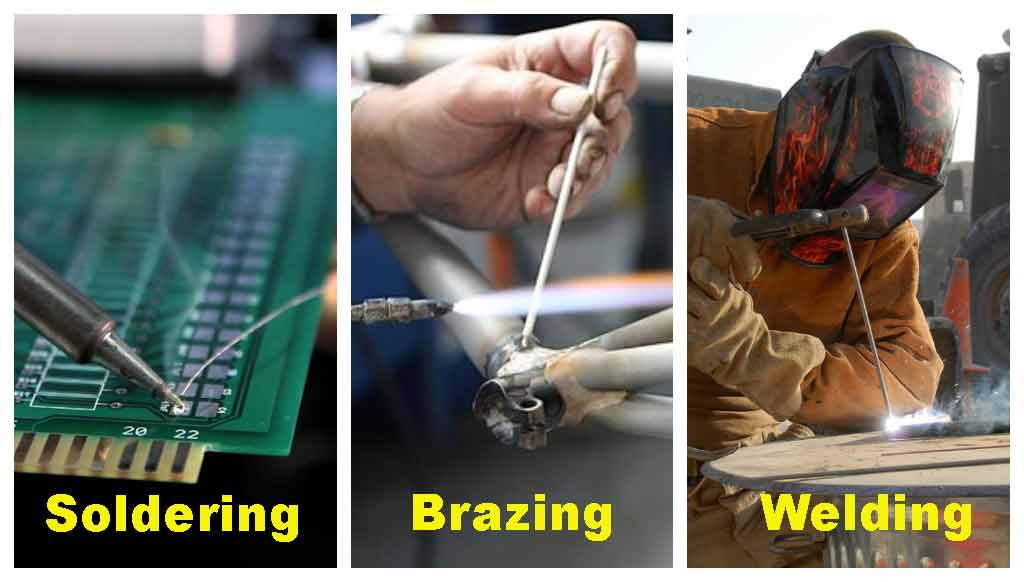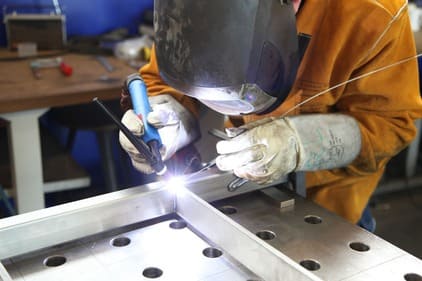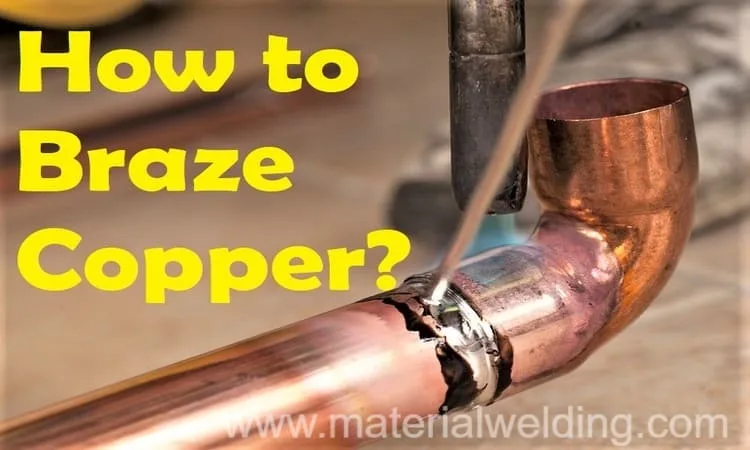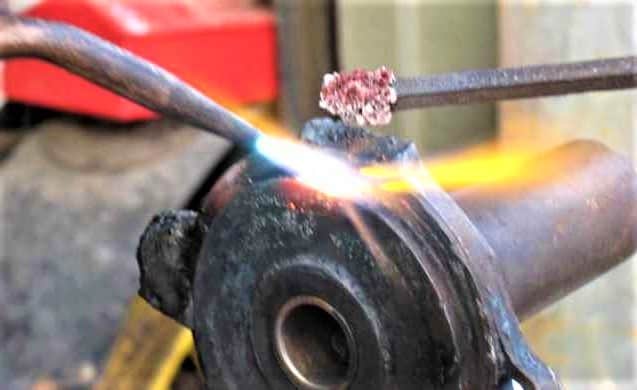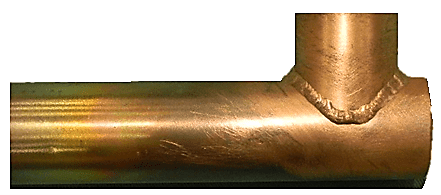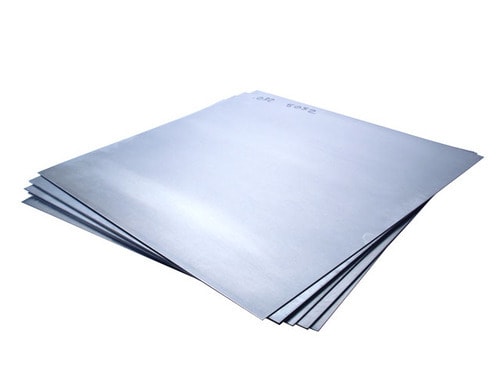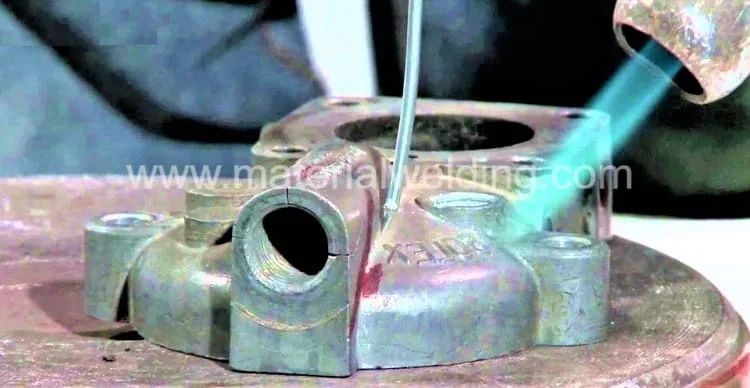Braze Aluminum to Copper
Braze Aluminum to Copper is a necessary process for many HVAC applications such as refrigeration to joint evaporator to panel or tubes.
Many other industries also need to join aluminum to copper for joining Al sheets to copper tubes or Al-bar to Al-bar and Al-sheet to mild steel.
There are two main ways to join these metals together: Brazing and Soldering.
What are the issues to Join Aluminum to Copper?
There are three issues that need to be considered when brazing these two metals together.
- The first issue is the different coefficients of expansion (COE) for aluminum and copper. The two metals have different expansion rates, so they must be joined with care to avoid cracking or breaking.
- The second issue is the different thermal conductivities for aluminum and copper.
- The third issue is the surface oxidation that occurs on both metals.
The coefficient of expansion (COE) for aluminum is about twice that of copper. This means that when heat is applied during the brazing process, the aluminum will expand at a much faster rate than the copper. This can cause problems with the fit of the joint and may even crack the parts being joined.
The thermal conductivity of aluminum is about four times that of copper. This means that heat will flow through the aluminum much faster than it will through the copper.
They also have different thermal and electrical conductivities, which must be taken into account to ensure a safe and reliable connection.
How to Braze Aluminum to Copper
Before beginning a brazing project, it’s important to gather the necessary materials such as brazing wire, flux (if not using flux cored wire), brazing torch, grinder, etc.
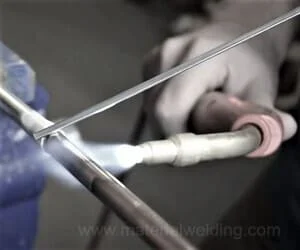
1. To braze aluminum to copper, you’ll need a torch, some brazing rods, and some flux.
2. Begin by cleaning the surfaces of the aluminum and copper that you’ll be joining.
3. Apply preheat on both materials. Use higher preheat for Copper (Copper has higher melting point than Aluminum).
4. Then, apply the flux to both of the surfaces and also dip the brazing rod in the flux.
5. Next, heat up the torch and apply the flame to the area where you’ll be joining the two metals, use a soft flame. Heat until you notice change in flux color (most of flux are made that change color once sufficient temperature is reached).
6. Once the area is hot enough, touch the brazing rod to the joint and allow it to flow into place to fill the gap.
7. Continue heating the joint (avoid direct heating of joint area) until the brazing rod has melted and flowed evenly into place.
Brazing is the preferred method for joining copper to aluminum because it results in a stronger bond. In addition, brazing does not require as much heat as soldering, which makes it easier to control the process and avoid damaging the metals.
Aluminum to Copper Brazing Rod
The most common type of aluminum to copper brazing rod is BAlSi-4 as per AWS A5.8 or AL 112 as per ISO 17672. You can also use BAlSi-3 brazing wire.
These wires have good strength and ductility, as well as high resistance to oxidation and corrosion.
AWS A5.8. specification covers the requirements for brazing filler metals of the aluminum-silicon family.
The BAlSi-4 rod is used to braze copper to aluminum and has a melting point range of 1050-1061°F (565-572°C). This rod has good wetting ability and flow, and produces a strong, ductile joint.
Aluminum to Copper Brazing Rods is also available with flux coring or covering that do not require any external flux for brazing.
Al-Cop Brazing Rod
Al-Cop Brazing Rod, BAlSi-4, BAiSi-3 as per AWS A5.8 is a high quality brazing rod that can be used for a variety of applications.
This brazing rod is made of aluminum, silicon, copper and other metals which make it ideal for joining metals together.
The Al-Cop Brazing Rod is easy to use and provides a strong bond between two pieces of metal.
